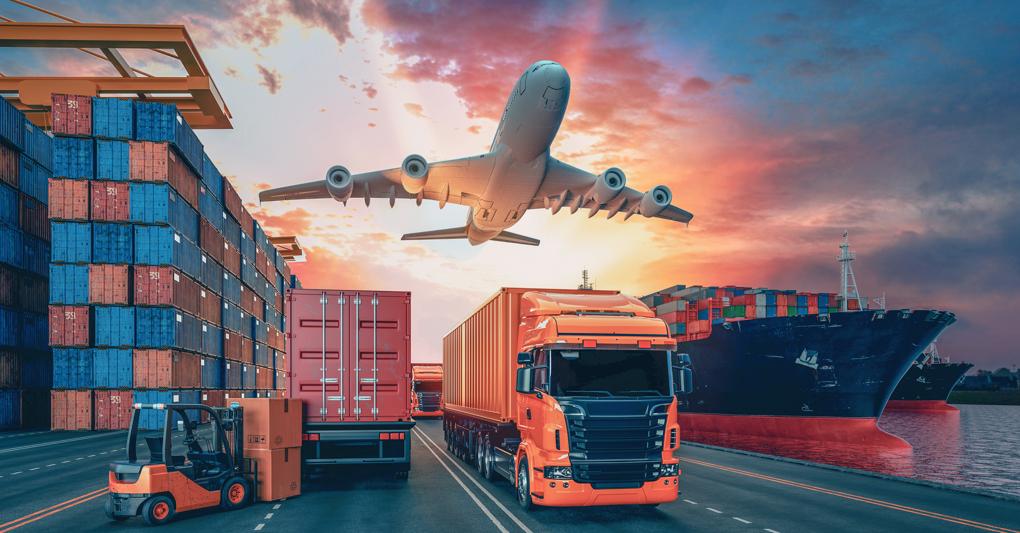The health of supply chains improves but it’s mainly a recession signal
di Marcello Minenna

(phaisarnwong2517 - stock.adobe.com)
2' di lettura
With the global economy in a stormy moment, a positive signal apparently comes from the monitoring of supply chains, the pulsating arteries of international trade.
After a 2021 of enormous pressure on the infrastructure hubs for the distribution of goods, 2022 is characterized by rapid normalization. According to the Global Supply Pressure (CSPI) index developed by the Federal Reserve, the pressure peak was reached in December 2021. Since then, a rapid decline of the index has been observed, despite the energy shock induced by the Russian-Ukrainian war and the partial loss of the availability of primary commodities (natural gas in primis) which are located upstream of the supply chains.
Queues entering/exiting large ports, out-of-control delivery times and exponentially growing transport costs, all caused by the flare-up of global demand that followed the generalized lockdowns, are disappearing from the radar of companies and policy makers.
Since May 2022, there has been a marked decline in maritime transport costs, especially along the China-Europe and China-USA connecting routes (red, blue and yellow bars but not vice versa). Spot tariffs for containers from China to the US dropped below $ 3,000. International shipping carriers are canceling ship journeys in full, but they appear not to be withdrawing enough cargo capacity from the market to stabilize prices. What is happening?
An important explaining factor is the successful reopening of the main Chinese ports after the major lockdowns of spring 2022. In Shanghai - the world busiest port which handles 14.4% of all China’s imports and 7.3% of exports, the number of ships awaiting loading / unloading had increased by 500% between April and May.
Beijing has given top priority to the normalization of ports activity, with excellent results. The port of Shanghai in 3 months has fully recovered from the complete stop of April-May, registering an annual growth of 0.2% in freight traffic between January and August 2022. From the latest data, it seems that September 2022 will be the busiest month ever, with the daily record of activity already exceeded.
Moreover, a greater load capacity is entering the market only now. As of January 2022, nearly 14% of the global commercial fleet was stuck in congestion in front of major international ports. In August 2022 “only” 5.2%. In the port area of Los Angeles, a row of over 100 ships has de facto disappeared
But there is more. A significant shock to global demand is taking shape in the face of hard tightening monetary policies by major central banks and a general attitude by governments to reduce fiscal stimuli. The ratio between the PMI sub-indices relating to orders from advanced economies and the PMI manufacturing indices of emerging economies shows a growing contribution from the demand factor in recent months.
In summary, the global supply chains stress is easing, but no magic recipe has suddenly improved their efficiency: the availability of energy and materials remains limited, the commercial merchant fleet is not expected to grow significantly and the labor market has become structurally more rigid. It’s just the effect of a severe global recession advancing.
Marcello Minenna, General Director at the Italian Excise, Customs and Monopolies
@MarcelloMinenna
The views and opinions expressed are strictly personal
Marcello Minenna